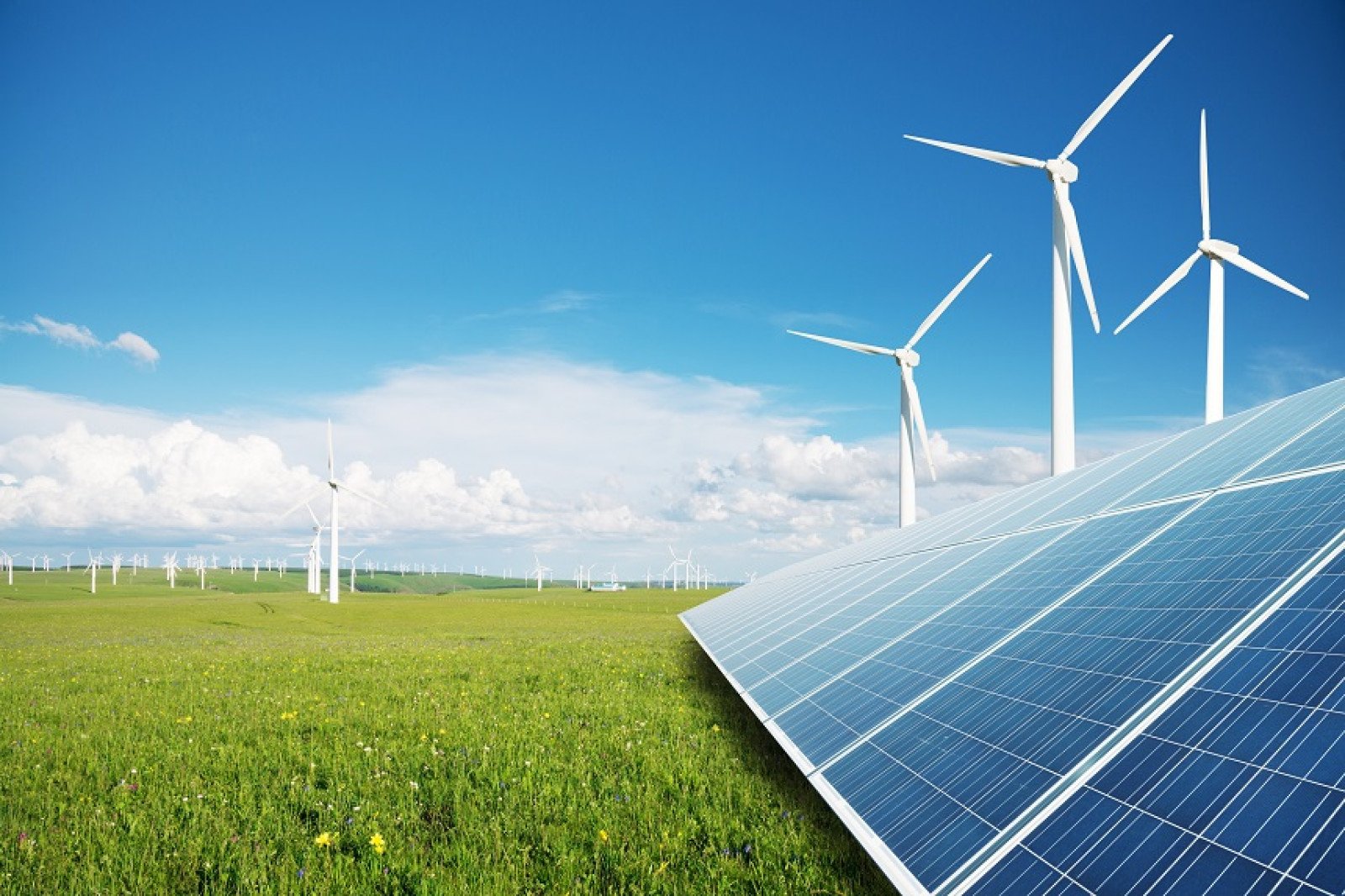Energy
Describing clean energy
Decide which physics concepts and laws are the most useful for describing how clean energy is generated.

Overview
Students decide which physics concepts are the most useful when explaining why certain methods of generating electricity are cleaner than others.
Instructions
What you'll need
- "Describing clean energy" worksheet, one for each student
- "Describing clean energy" slideshow
- "Teacher reference: Word bank" handout
- Digital projector and screen
- Begin the activity by organizing your students into small groups and providing each student with a copy of the "Describing clean energy" worksheet. Ask groups to brainstorm: which physics concepts and laws are the most useful for describing how clean energy is generated? Prompt groups to begin by simply noting any physics concepts and laws that they think of. Two examples are included on the worksheet.
- Ask groups to share their ideas with the class. Invite groups to think of additional concepts and laws by briefly reviewing various branches of physics: electricity and magnetism; classical mechanics; and atomic physics (possible concepts and laws are included in the "Teacher reference: Word bank" handout).
- Prompt groups to circle or highlight the three concepts or laws that they think are the most useful for describing how clean energy is generated.
- Invite groups to share their decisions and thinking with the class. As they share, use their ideas to co-develop or present the criteria for an important concept or law. An important physics concept or law helps:
- Describe a key feature or benefit of a type of clean energy
- Distinguish or differentiates a type of clean energy from others
Consider noting the criteria for use later in this activity.
- Display the "Describing clean energy" slideshow to the class. On slides 2 – 4, invite students to identify and note on their worksheet any relevant physics concepts and laws related to each type of clean energy.
- Invite groups to share their ideas with the class, drawing attention to any concepts and laws that are common or unique among the three types of clean energy.
- Draw groups’ attention to the right-hand column of the table, and ask them to now identify the three most important physics concepts and laws for each type of clean energy. Encourage students to consider all the concepts and laws brainstormed throughout the activity, and remind them to use the criteria to help guide their decision-making.
- Conclude the activity by inviting groups to share their decisions and thinking with the class. Encourage students to revisit their initial decision: Which physics concepts and laws are the most useful for describing how clean energy is generated? Which physics concepts and laws are the most useful for describing why some forms of energy are cleaner than others?
Modify or extend this activity
- Rather than having groups listing concepts and laws for each type of clean energy, consider assigning each group one type of energy.
- Use the same process to examine energy generated by burning fossil fuels. Which physics concepts and laws are the most useful for describing how fossil fuels are used generate electricity? Which physics concepts and laws are the most useful for describing why some forms of energy are cleaner than others?
Curriculum Fit
Physics 12
Big ideas
- Forces and energy interactions occur within fields.
Content
- Gravitational field and Newton’s law of universal gravitation
- Gravitational potential energy
- Gravitational dynamics and energy relationships
- Electric field and Coulomb’s law
- Electric potential energy, electric potential, and electric potential difference
- Electrostatic dynamics and energy relationships
- Magnetic field and magnetic force
- Electromagnetic induction
- Applications of electromagnetic induction
Curricular competencies
Questioning and predicting
- Demonstrate a sustained intellectual curiosity about a scientific topic or problem of personal, local, or global interest
Processing and analyzing data and information
- Use knowledge of scientific concepts to draw conclusions that are consistent with evidence
- Construct, analyze, and interpret graphs, models, and/or diagrams
Assessments
Throughout the activity, consider how well students:
- Demonstrate an understanding of the physics concepts used in this activity.
- Make connections and comparisons across multiple examples (hydro, wind, solar) that help them draw conclusions and make a decision in response to the focus question.






